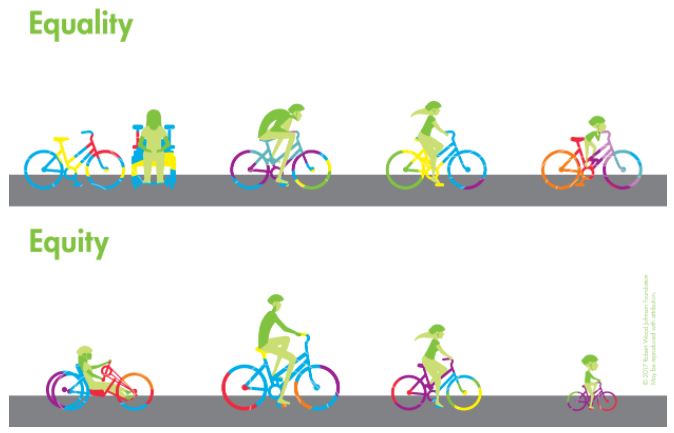“How can a workplace be more inclusive of and equitable to Black workers?” I started thinking about this as a research question for a myriad of reasons, one of which included my interest in the work Dylan and Edward did on the roles company leadership plays in workplace diversity and inclusion practices. This question also connects to me personally, not only because I am a Black woman who works, but I am a union representative who is in a position to advocate for people in the workplace.
Over the years I’ve seen inequitable treatment of workers in all underrepresented groups, however in my experience, the people who seemed most overlooked, underutilized, misunderstood, underpaid, underemployed and excluded from workplace culture have consistently been Black people. I have seen younger professional Black people start working with lots of enthusiasm and innovative ideas only to be ignored, told they should stay in their lane or that they were too aggressive. Sometimes they have been told to “relax” and that they were too “detail oriented”. Many found themselves in a “damned if I do, damned if I don’t” situation. I could see their enthusiasm wane over time. Numerous Black employees were asked to jump through hoops that their white peers were not asked to go through, yet those same peers were often promoted above them. Too often, no concrete indicators were established that indicated how to move up in the company. No upper-level managers took them under their wing like they did with other junior employees. Black staff was never seen as leadership material.
Two years ago, in my capacity as a union official, I had to gather data (job descriptions, performance evaluations, the amount of revenue generated based on work done and promotions) for both Black female employees and their white female counterparts in several departments at my job. I presented this data, along with personal statements from Black female employees to our CEO because it showed a glaring disparity in how white women were being promoted versus Black women, in multiple departments. Earlier, several Black women had come to me complaining that they were not being recognized for their work or considered for promotions. In some cases, other people took credit for their ideas. Some of them had asked their bosses directly what they could do to be promoted. Many were given vague answers. Some were in fact given specific answers, so they tailored their work to meet those expectations, but when new promotions were announced, their names were never among the promoted. To his credit, the CEO (who has since left the company) really listened and heard these women. Some of them were promoted shortly after our meeting. Our current CEO, however, has a bit of a way to go in getting to the same philosophical place as the former.
The experiences at my workplace are not unique. A friend of mine says her brother, who attended an ivy league school and had an MBA, felt othered by his finance co-workers and managers. He worked well into the night every day, he took golf lessons so that he would fit in at company outings, he worked above and beyond, yet white co-workers who didn’t put in as much effort were promoted and he wasn’t. His manager’s manager knew the names of the white junior employees and didn’t know his. He stopped being invited to golf trips. Ultimately, he quit.
I hope to use sources from the fields of Human Resources, Diversity Equity and Inclusion, Data Analysis, Organizational Psychology, Black Studies and even Journalism to provide some context on how Black people are perceived in society and how this perception informs how they are treated in the workplace. I will also use some of these sources to demonstrate first hand experiences and how Black people cope in those situations. Finally, I would like to include some concrete solutions on how organizations can be more inclusive and equitable to Black employees.

